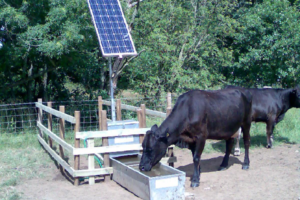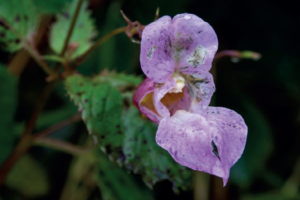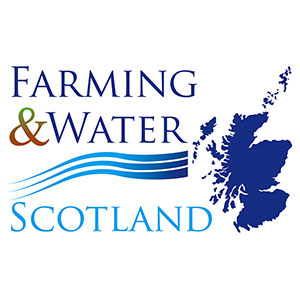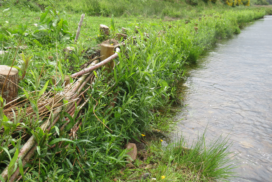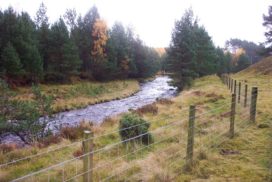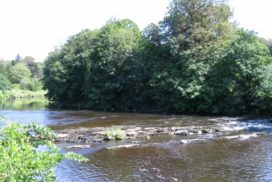Water Margins
A water margin is the area of ground immediately adjacent to a body of still or flowing water. A watercourse is described as being a body of flowing water, e.g. a river, ditch or stream; natural or man-made.
The management of both the watercourse and water margin is vitally important to farmlands both environmentally and financially. With the current changing climate, we are already experiencing increased rainfall and longer wetter periods of weather. The management of both of these natural resources on the farm can help farmers and land managers increase their business resilience to these weather conditions.
Water Margin Management
Removing production from field margins immediately adjacent to watercourses can help prevent agricultural pollutants from entering rivers, burns, and streams. The management of the resultant buffer strips can, however, provide a much wider range of benefits to the environment and biodiversity. Their capacity to provide these benefits will depend on how they are implemented and managed. Well managed water margins not only help farmers achieve regulatory compliance but also:
- Protect riverbanks from erosion. Green engineering techniques such as willow spiling can be particularly effective at reducing erosion.
- Protect watercourses from diffuse pollution. Buffer strips that are over 6 m with dense vegetation help to trap sediments and nutrients. Management (e.g. grazing or cut and lift) removes accumulated nutrients thus maintaining rates of nutrient uptake. General Binding Rule (GBR19) prevents significant poaching within 5 m of a watercourse. Fencing off water margins for management help to prevent access to the water body by livestock and the potential for poaching.
- Provide habitat for beneficial insects including pollinators and natural predators. Wider buffer strips that support a diversity of plant species are particularly valuable for beneficial insects.
- Provide forage and nesting sites for farmland birds and help to connect semi-natural habitats benefitting a wide range of wildlife.
- Provide shade and shelter for livestock. Planting trees or hedgerows adjacent to watercourses can act as a shelterbelt protecting livestock against the wind and rain and providing shade to escape extreme heat.
- Reduce the risk of liver fluke and pathogens by excluding livestock from muddy habitats prone to high fluke densities and contaminated watercourses.
- Reduce the risk of flooding downstream. Dense vegetation and woody field margins slow the flow of water from fields into adjacent water bodies thereby reducing flood risk.
Where grassland water margins are fenced off for management whether to prevent diffuse pollution or for agri-environment management, there will be a need for alternative watering points for grazing livestock. Find out more about what options are available here.
An Invasive species is usually a non-native or introduced species that adversely affects habitats and threatens biodiversity. While all species compete to survive, invasive species appear to have specific traits that allow them to out-compete native species and become
dominant. Find out more here.
Water Course Management
It is widely accepted that our weather patterns are changing in response to a changing climate. As a result, we are now seeing increased rainfall and longer, wetter periods. With this in mind, it is important that farmers and land managers work to minimise the effects on their land and businesses. Part of this management will include ensuring that watercourses and ditches, natural or man-made, are regularly maintained to allow them to function efficiently.
Many field drain outlets will feed into these watercourses. Keeping drain outflows clear and ditches free from debris can help to protect land from flooding, both on your farm and further downstream.
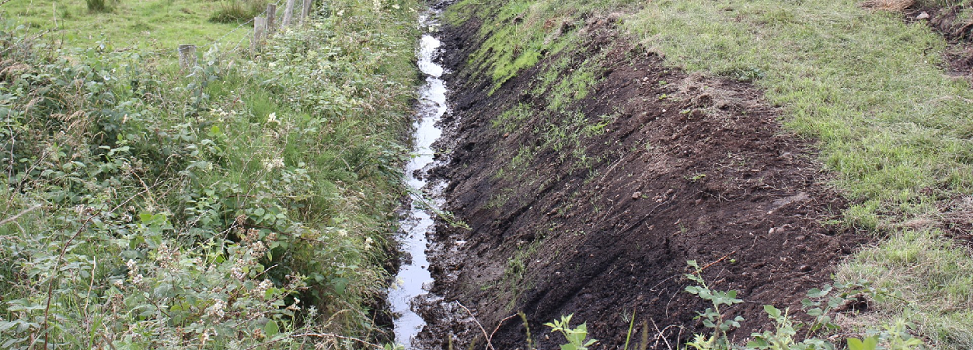
Some operations, for example, removal of sediment or dredging a watercourse, will need 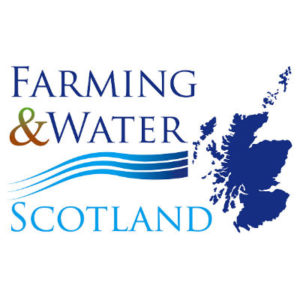 authorisation from SEPA. However, there are many operations you can do to maintain field drainage systems on your farm by just following the Diffuse Pollution General Binding Rules (DP GBRs).
authorisation from SEPA. However, there are many operations you can do to maintain field drainage systems on your farm by just following the Diffuse Pollution General Binding Rules (DP GBRs).
Visit the Farming & Water Scotland website for additional information and resources available on the topic of Field Ditches & Dredging.
Water Margin Management Webinars (Autumn 2020)
Sign up to the FAS newsletter
Receive updates on news, events and publications from Scotland’s Farm Advisory Service

